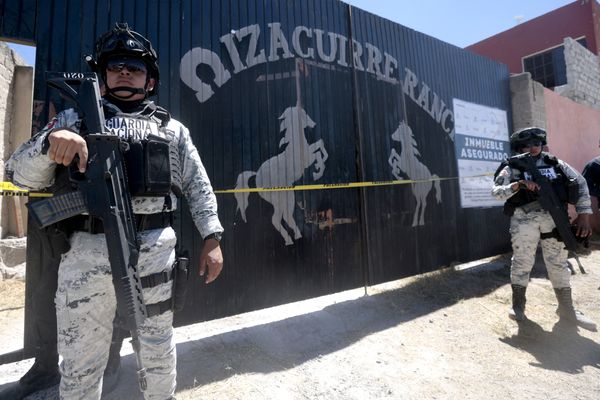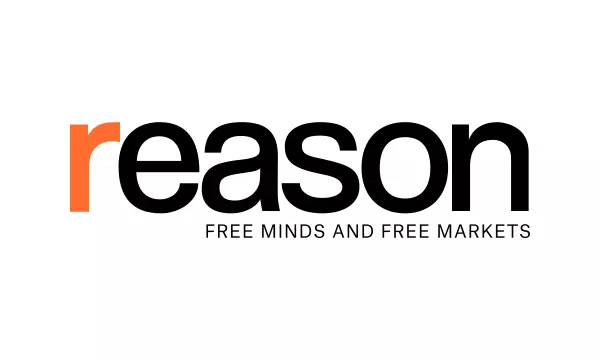
Fortune
, Microsoft is adding what techies call "availability zones" which are basically separate-but-connected data centers each with their own power supply, cooling system, close to existing data centers. This arrangement enables customers to move workloads from one zone to another quickly. This is important if one of the zones experiences a localized problem. The goal is to have three availability zones per region.
"Availability zones add an extra layer of resiliency in case of a data center-level failure in case of fire or a cooling of flood problem," Mark Russinovich, chief technology officer for Microsoft Azure told . Microsoft has 36 Azure data centers operating now and another eight planned.
Cloud rival Web Services has long touted its use of more than one availability zone in its regions. Last summer said it would put at least three availability zones in its data center regions where possible.
For companies running important applications in the cloud, this ability to "fail over fast" and to guarantee that services will be available is a huge concern. Microsoft (MSFT) also says it offers contractual Service Level Agreements, or SLAs, that guarantee that customer workloads will run smoothly.
Previously, Azure customers could fail over and divvy up workloads between data centers in different regions, but distance between data centers can add delay or latency. Tech news site has a good explainer on the difference between data center regions and availability zones.
In related cloud computing news, Microsoft also announced the opening of the, which runs 4,100 miles from Spain to Virginia Beach, putting its terminus close to Northern Virginia, the home to one of Microsoft's big cloud data centers.
The MAREA cable will be able transmit up to 160 terabits of data per second—which is more than 16 million times faster than the average home internet connection. That means it could stream 71 million high-definition videos simultaneously, Microsoft said in
Most transatlantic cables run from
Location is important here. Northern Virginia is a key data center nexus, home not only to big Azure facilities but also to Amazon's largest and oldest set of data centers as well as to data centers serving U.S. government agencies.
Facebook and Telxeus, a specialist in communications infrastructure, worked with Microsoft on this cable, which lies 1,700 feet under the ocean.
Public cloud leaders Amazon (AMZN), Microsoft, and Google (GOOG) are in , building data centers around the world to put computing and storage capacity near potential users and to satisfy requirements by some governments to keep data in the country of origin.
Get Data Sheet, Fortune’s technology newsletter.
Amazon GoogleRelated: Gartner Calls Two Horse Race In Cloud
NetworkWorldRelated: Microsoft Azure Cloud Gaining Traction In Business
MAREA transatlantic cable another blog post. northern Europe to the northeastern U.S. an arms race Note: (September 22, 2017 1:50 p.m. EDT) This story was updated to add more information about the MAREA cable and a link to the blog announcing it.






